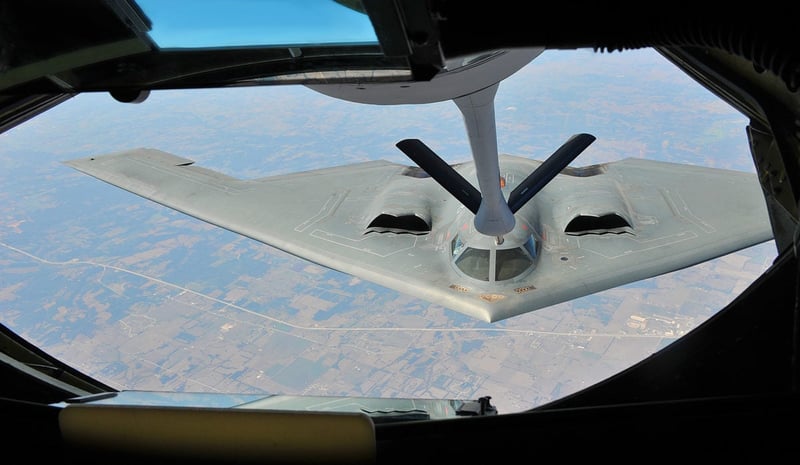
The 22nd Air Refueling Wing at McConnell Air Force Base was implementing a new Air Force Medical health care initiative called Operational Support Teams. This model rotates small medical staff through squadrons to improve fitness routines and build rapport with airmen to make healthcare more accessible. The 22nd Operational Support Team (OST) faced a long list of challenges in their pursuit of providing high-level care while preventing potentially high rates of non-deployability for their over 3,500 airmen and operators, including care at scale, general deconditioning, and participation hesitancy. In November 2021, Sparta Science was tasked to integrate into and amplify OST’s execution within the Wing and contribute to reducing profile rates. Active duty airmen are subject to overuse and acute injuries due to the physical nature of their jobs, rendering these airmen and operators partially or non-mission capable, potentially affecting duty and fitness performance. Ultimately, this can increase nondeployability, sinking into a repetitive cycle of injury and decreased availability across the Wing.
Care at Scale
The 22nd OST employs two physical therapists, a strength and conditioning coach, a dietitian, and a psychologist to cover 3,500 airmen and operators. Scaling care to address high profile rates across smaller teams becomes more difficult as the injury profile rates increase. The OST needed solutions to administer a high level of care with finite staffing.
Participation Hesitancy and General Reconditioning
Airmen and operators are often hesitant to report injuries or utilize the OST for fear of adding to their peers’ workload if they are placed on temporary profile. Hesitancy to seek healthcare can lead to a vicious trauma cycle for the individual, resulting in acute or chronic injury and pain while threatening fitness and body composition. The result is an individual who is mission active when in reality they are non- or partially-mission capable which negatively impacts the overall mission. It can also result in acute injury after prolonged deterioration in movement health.
Learn more about how the 22nd Operational Support Team leaned on Sparta Science to broaden their staff’s reach.
“The 22nd OST contributed to a 6% decrease in the 22nd ARW’s non-mission capable rates since January 2022.”